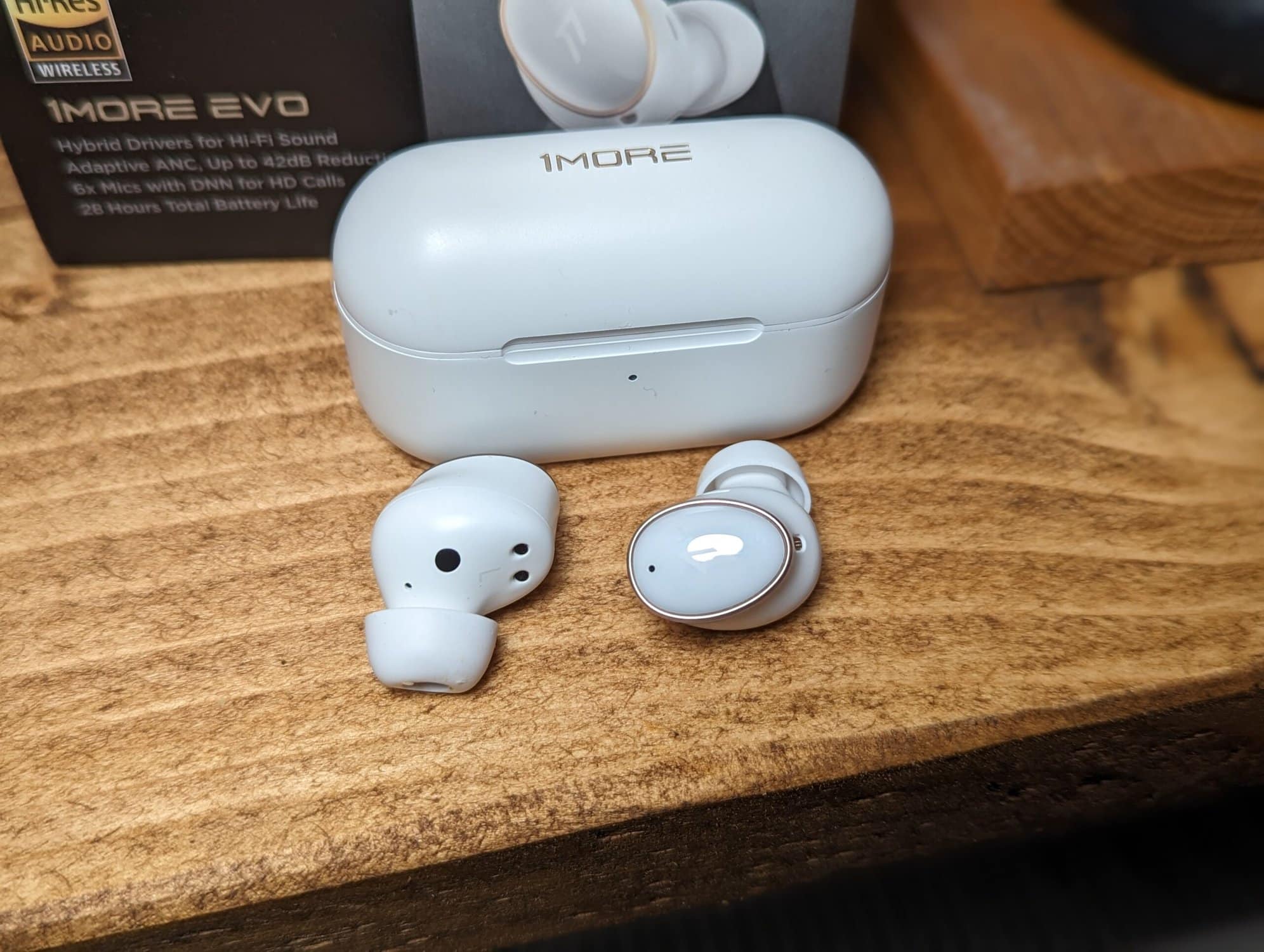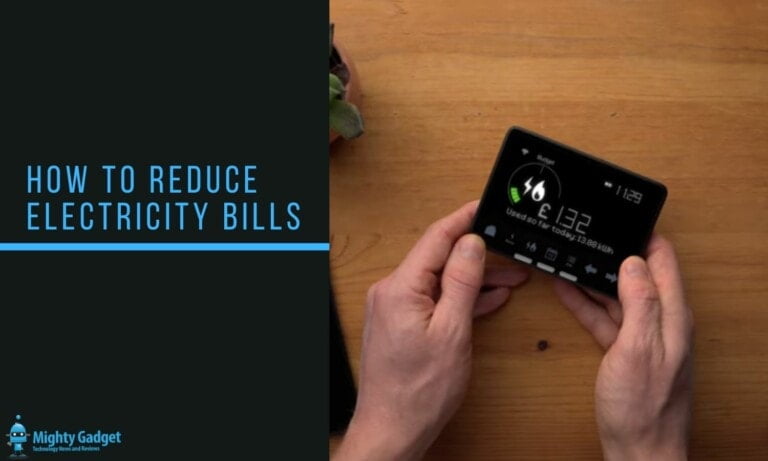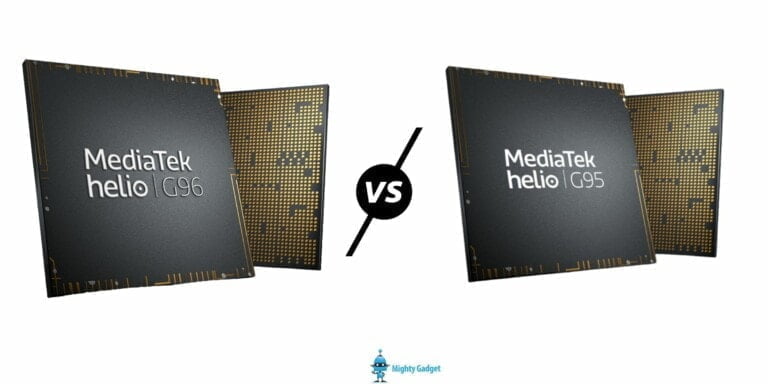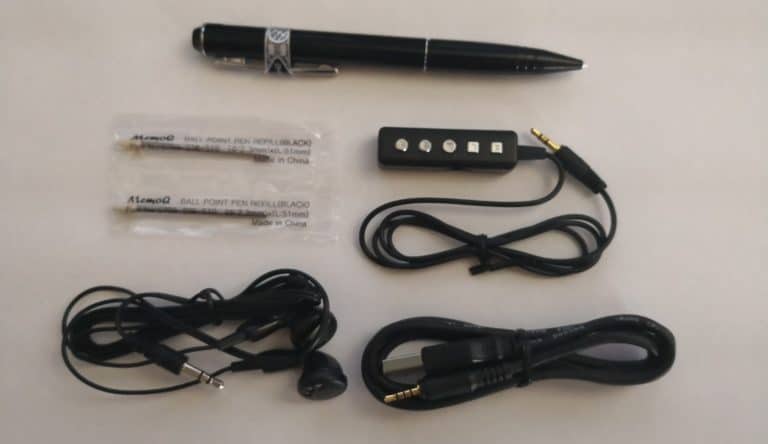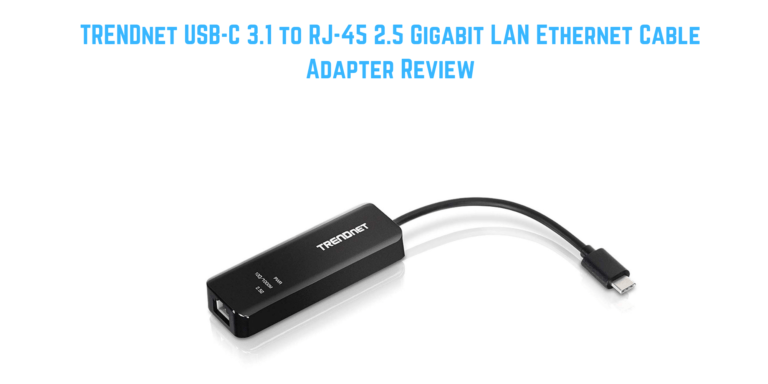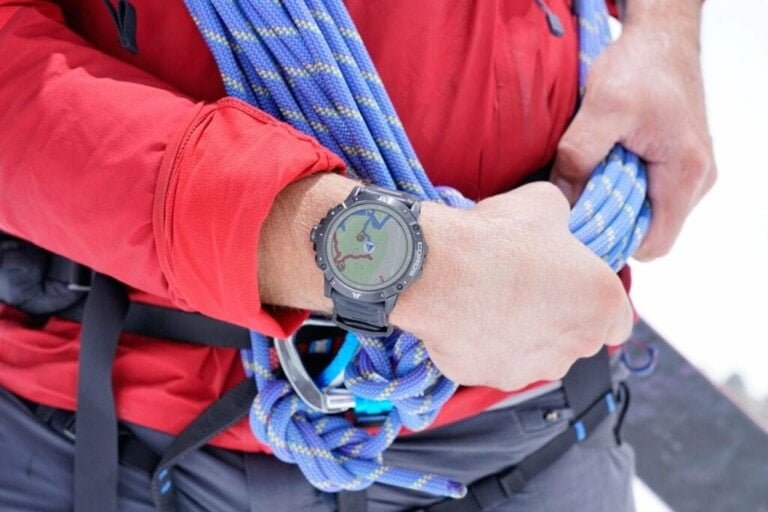Any links to online stores should be assumed to be affiliates. The company or PR agency provides all or most review samples. They have no control over my content, and I provide my honest opinion.
When you’re shopping around for audio equipment, especially headphones, oftentimes you find models that are “IPX7 resistant” or “IP68 resistant”.
It’s easy to get confused, especially if you aren’t all that well versed with the terminology. And to make things even more confusing, these terms have nothing to do with audio gear.
This is what’s known as an IP code, or Ingress Protection Code (IEC standard 60529).
It’s also sometimes interpreted as an International Protection Code, and it gives you a rather detailed degree of protection against dust, accidental contact, and water. This is ensured by mechanical casings and electrical enclosures that protect the internal components.
Why do we need the IP code
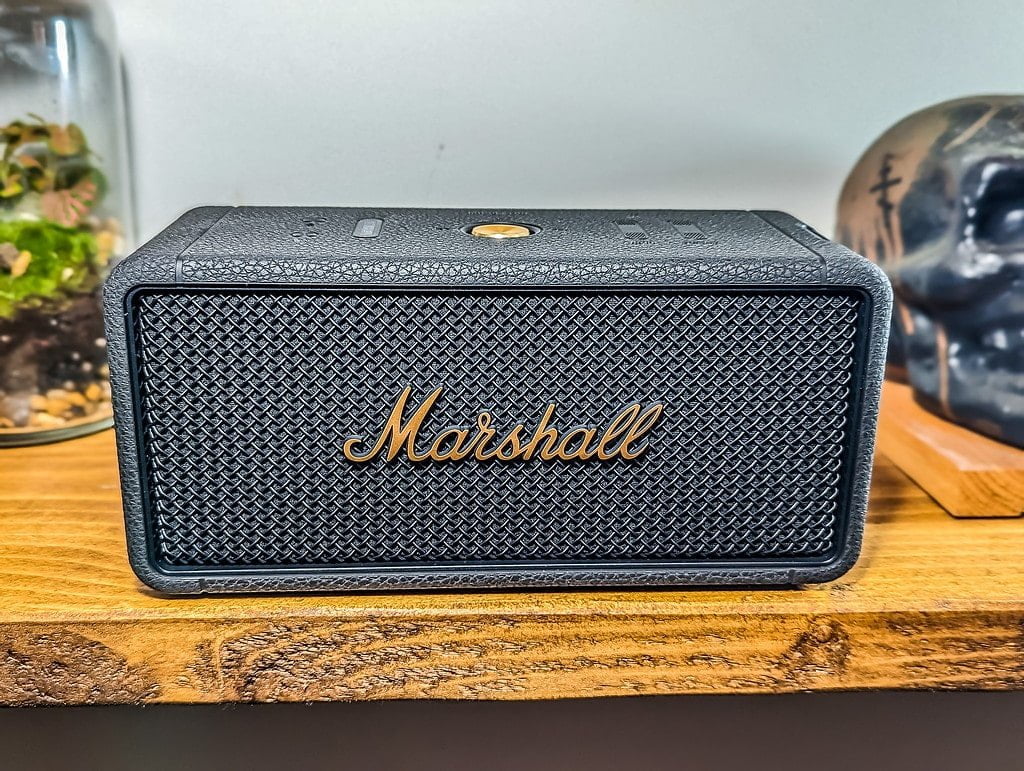
This is a fair question, especially since you have so many products, including headphones, that are marketed as “waterproof” or “water-resistant”. This should be enough of an explanation, right? Well, not really. Because, how waterproof is waterproof? Does it only resist splashes, or can you take it diving?
That’s exactly what the IP code aims to answer. The digits after IP indicate how the product conforms to the conditions that are predefined.
One thing to note is that if you see a digit 0, that means there is no protection, and if you see an X instead of a digit, there is not enough data gathered for a protection level.
Now, commonly, with electronic devices such as headphones, you will see IP, followed by two digits. However, the IP code can actually have up to three digits and two additional letters. Let’s take a look at what each of those stands for.
Explaining the IP code ratings
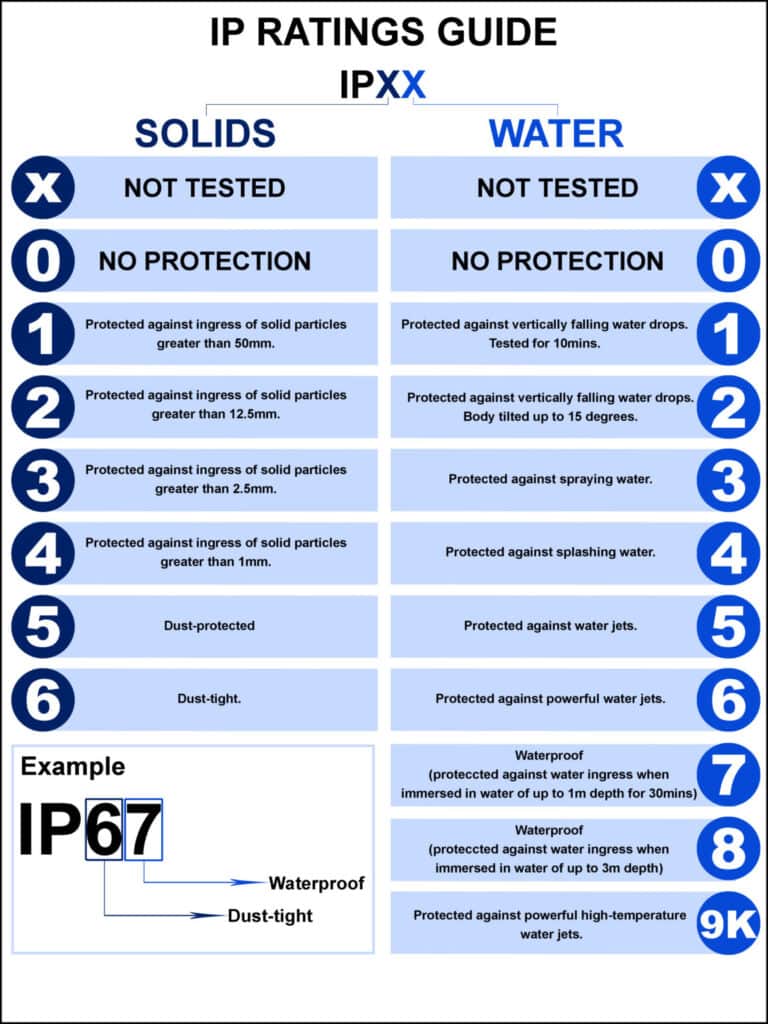
The first digit is mandatory and can be anything from 0-6, or an X. This is what indicates solid particle protection. 1 means the product is protected from large surfaces of your body, like the back of your hand.
2 means it’s protected from fingers or similar smaller objects, 3 means it’s protected from tools or thick wires, while 4 means protection from small screws, and most wires. 5 and 6 are where it gets interesting – 5 means it’s dust protected, not completely preventing dust to enter, but there is some level of protection.
6 is the highest protection level, and it means the product is completely dust-tight. To gain this level of protection during testing a vacuum must be applied, and the test can last up to 8 hours depending on airflow.
The second digit is also mandatory, and you’re looking at either an X or a digit from 0 to 8. This digit indicates what kind of protection you’re looking at against harmful ingress of water. A thing to note here is that any rating beyond 6 is not cumulative.
You could have headphones that are IPX7 compliant, which means you can immerse them in water, but they aren’t compliant with IPX6, which protects against powerful water jets. Let’s take a look at what all numbers here mean:
- 1 – Protection against dripping water
- 2 – Protection against dripping water when tilted at 15 degrees
- 3 – Protection against spraying water at low pressure
- 4 – Protection against water splashes
- 5 – Protection against water jets at low pressure
- 6 – Protection against powerful water jets with high pressure
- 6K – Protection against powerful water jets with extremely high pressure
- 7 – Protection against immersion at up to 1m depth
- 8 – Protection against immersion at depths between 1 and 3 meters
- 9K – Protection against powerful, high-temperature water jets at high pressure
When you’re choosing headphones, ideally you want to get at least 6 for the second digit, or 7 if you’re going to be using them for running and workouts where you will probably sweat. But we’ll get to this in a minute.
Next up we have the third digit, which indicates the resistance to mechanical impacts, but this is no longer used, so we won’t be discussing it.
There are also the two additional letters we mentioned, but that’s not something you’ll come across with headphones. The first additional letter (A, B, C, or D) serves to protect personnel against access to hazardous parts. The second, supplementary letter, is for protection of equipment, specific to high voltage apparatus (H), motion during water test (M), stationary during water test (S), and weather conditions (W). Both letters are optional, and as we mentioned, you will seldom find them with headphones, or any other consumer electronics for that matter.
Things to look for In waterproof headphones / earbuds
Considering there are truly a lot of combinations when it comes to the IP rating, we can see how things can easily get confusing when you’re shopping for waterproof headphones. The only way to make sure you got the right ones is to buy them for your specific use case. This is especially true for the water protection rating, because as we mentioned, an IPX7 pair of headphones may not be IPX6 compliant.
With that in mind, when you’re buying such headphones, ideally, you’re looking for an IP68 rating. This means that the headphones have the highest possible rating for dust protection, which can be important if you’re, for example, running in dusty conditions, or working out in a gym.
To add to this, the second digit being 8 means that the headphones are completely protected against liquids entering. Even if you get caught out in the rain, they should be safe. Last but not least, you should consider the manufacturer’s recommendation.
Sweat is, to some materials, more dangerous than water. A pair of headphones that are water-resistant may not be completely sweatproof.
Therefore, if you’re getting a pair of waterproof headphones, make sure you can work out with them or take them for a run by checking out what the manufacturer says.
If you want to be on the safe side, get a pair of headphones that are marketed towards active users, and you should be good to go.
I am James, a UK-based tech enthusiast and the Editor and Owner of Mighty Gadget, which I’ve proudly run since 2007. Passionate about all things technology, my expertise spans from computers and networking to mobile, wearables, and smart home devices.
As a fitness fanatic who loves running and cycling, I also have a keen interest in fitness-related technology, and I take every opportunity to cover this niche on my blog. My diverse interests allow me to bring a unique perspective to tech blogging, merging lifestyle, fitness, and the latest tech trends.
In my academic pursuits, I earned a BSc in Information Systems Design from UCLAN, before advancing my learning with a Master’s Degree in Computing. This advanced study also included Cisco CCNA accreditation, further demonstrating my commitment to understanding and staying ahead of the technology curve.
I’m proud to share that Vuelio has consistently ranked Mighty Gadget as one of the top technology blogs in the UK. With my dedication to technology and drive to share my insights, I aim to continue providing my readers with engaging and informative content.

